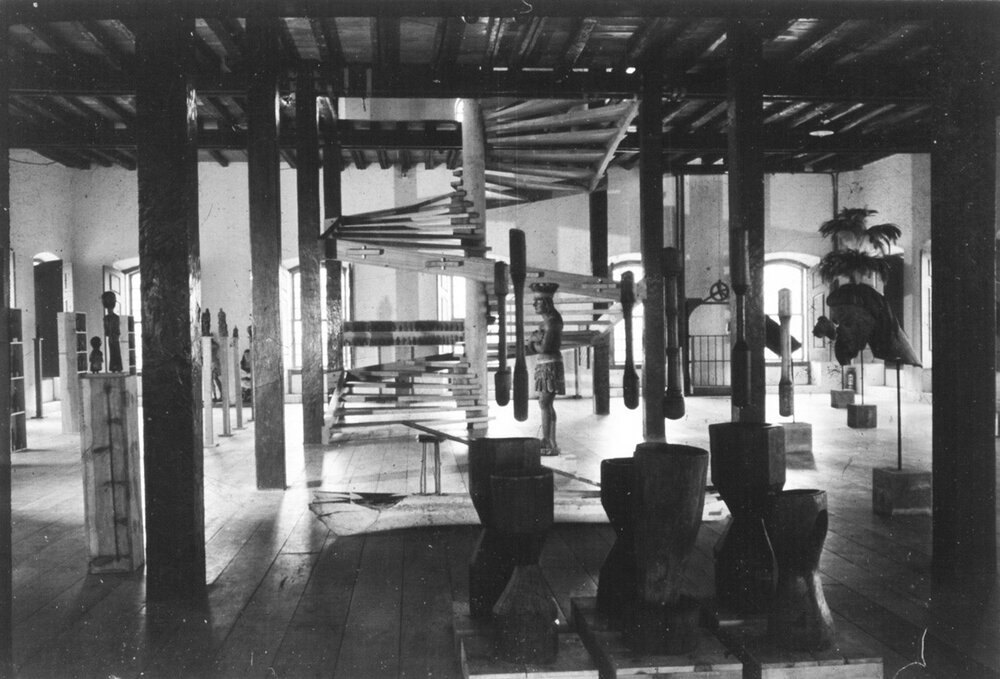
The role of architecture in an engaging and meaningful experience of the physical exhibition
##plugins.themes.immersion.article.figure##

Resumen
While recognising the part that digital media play in bringing about greater accessibility to artworks display and ensuring that they are more visible, this paper argues that the physical exhibition continues to be the primary place for the public to encounter the arts, as it can offer an engaging and meaningful aesthetic experience through which people can transcend their own existence. As such, it is essential to rethink now, in the scope of an increasing digital world, the exhibition in conceptual and methodological terms. For this purpose, the exhibition space must be considered as content rather than container and the exhibition as a work, often with the intentionality of a “total work of art”, rather than just a vehicle for exhibiting artworks and objects.
Having the former purpose in mind, this paper proposes a re-reading of the exhibition designs of Frederick Kiesler (1890–1965), Franco Albini (1905–1977) and Lina Bo Bardi (1914–1992) in order to evaluate how their theory and practice can provide useful lessons for our contemporary thinking. The three architects, assuming the role of curators, use only the specific language of an exhibition and remix conventional modes of communication and architectural vocabulary, exploring the natural and artificial light, materials, layouts, surfaces and geometries in innovative ways. They considered the exhibition to be a work of art, overcoming the container/content dichotomy and trigging an intersubjective and self-reflective participation. Kiesler, Albini and Bo Bardi may all be considered visionaries of our time, as they offer a landscape that stimulates our curiosity through a multiplicity of information arranged in a multisensory way, allowing each visitor to discover associations between himself and his surroundings. None of them simply created an opportunity for distraction or entertainment. This perspective is all the more pertinent nowadays, as the processes of digitalising information and virtualising the real may well lead to the dematerialization of the physical experience of art.
By drawing upon these historical examples, this paper seeks to contribute to current study on how an exhibition can stimulate the cognitive, emotional and spiritual intelligence of each visitor and clarify the importance of this effect in 21st century museums and society at large.